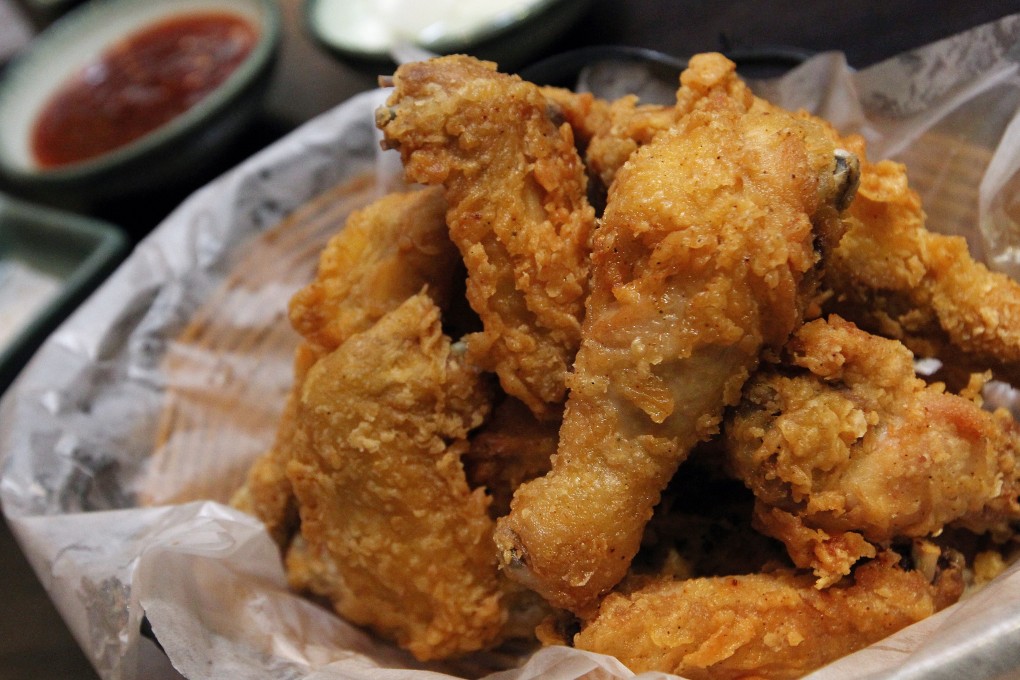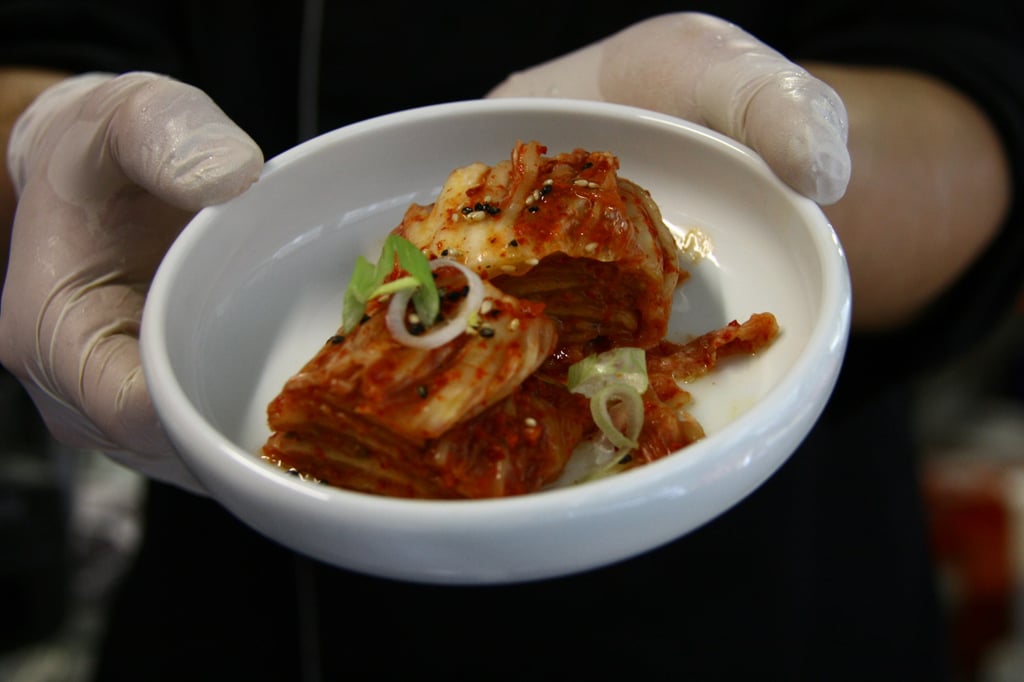Advertisement
Korean fried chicken is not Korean, most Koreans say – but for rest of the world it’s their favourite Korean food and the one they eat most often
- In a survey, 8,500 people in 17 cities around the world were asked to name their favourite Korean dish. Korean fried chicken topped the list
- In another survey in South Korea, a majority said Korean fried chicken isn’t Korean. Think of it as ‘K-food’ instead, an academic suggests
Reading Time:2 minutes
Why you can trust SCMP
11

By Yoon Ja-young
According to one recent poll, Korean-style fried chicken is the favourite Korean food of people overseas, while more than half of Koreans surveyed in another poll do not think it belongs in that category.
A survey of 1,500 Korean nationals by the non-profit organisation Korean Food Promotion Institute shows that 63.9 per cent believe that regular fried chicken is not Korean food, while 45.1 per cent say that neither is marinated fried chicken. Respondents were asked whether they would consider each of 30 different kinds of food as Korean.
Advertisement
The survey results showed that kimchi is the dish that most (99.7 per cent) consider Korean, followed by doenjang-jjigae, or soybean paste stew, at 99.3 per cent; buchimgae, or savoury pancakes, at 95.3 per cent; japchae, or glass noodles with fried vegetables, at 94.3 per cent; and kimbap, or seaweed rice rolls, at 90.8 per cent.

The perception of fried chicken as not Korean contrasts with another survey by the institute in which people living overseas chose fried chicken as their favourite dish.
Advertisement
In the survey, conducted in August and September, 8,500 people in 17 cities around the world were asked to name their favourite Korean dish. Fried chicken topped the list, with 16.1 per cent of votes. They also picked Korean-style fried chicken as the Korean dish they eat most frequently, followed by kimchi and bibimbap (a Korean mixed rice bowl).
Advertisement
Select Voice
Choose your listening speed
Get through articles 2x faster
1.25x
250 WPM
Slow
Average
Fast
1.25x